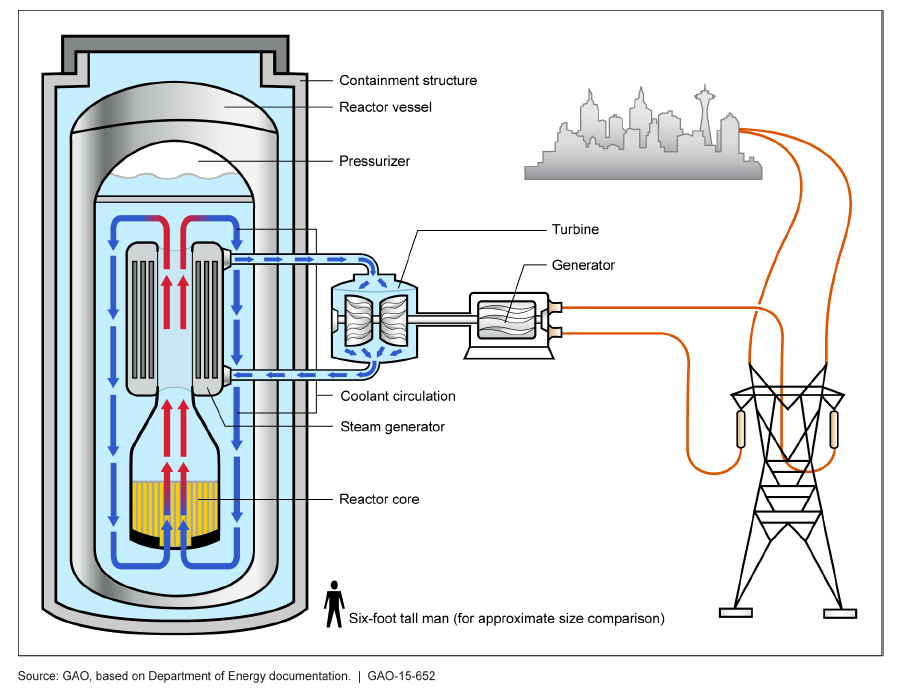A moratorium on new nuclear reactor construction that had been in place since 1987 was lifted by Illinois lawmakers late in 2023, paving the way for small nuclear reactor construction after January 1, 2026. The bi-partisan legislation will help address the demand for energy with downstate coal and gas plants scheduled to shut down in future years.
The new law, which was passed during the fall veto session, will allow the state to build 300 megawatt reactors, known as Small Modular Reactors (SMRs), throughout Illinois. The legislation allowed a study to be conducted on the state’s role in guiding the development of SMRs and allows the Illinois Emergency Management Agency to regulate SMRs.
Nuclear power is the source of more than 50 percent of the state’s energy. By lifting the 36-year ban on construction of new reactors, the development of emission-free nuclear power will accelerate the state’s transition to clean energy. Large scale nuclear reactors are excluded, however. SMRs can be produced at factory scale, thereby lowering costs and helping to bring them online faster than previous generations of reactors.
The U.S. Department of Energy is counting on more nuclear power to be generated, with a goal to hit net-zero emissions by 2050. To hit that target, the country will need to add an additional 200 gigawatts of reliable generating capacity. In addition, the state of Illinois has a plan to close coal-fired power plants by 2045.
Small Modular Reactors are advanced nuclear reactors that have a power capacity of 300 megawatts, which is about one-third of the generating capacity of traditional nuclear power reactors. SMRs are smaller in size and can be factory-assembled and transported to a location for installation. Given their smaller size, SMRs can be put at locations not suitable for larger nuclear power plants.
SMRs can be paired with other renewable energy sources, such as wind and solar power, to increase efficiency in a hybrid energy system. These characteristics position SMRs to play a key role in clean energy transition. More than 80 commercial SMR designs are being developed around the world, targeting different applications such as electricity, hybrid energy systems, heating, water desalinization, and steam for industrial applications.
Currently in Illinois, there are 11 nuclear power reactors at six nuclear power stations licensed to generate electricity. They are located in Braidwood, Byron, Clinton, Dresden, LaSalle, and the Quad Cities.
Nuclear power plant development all but halted nationwide after the partial meltdown of the Three Mile Island power plant in Pennsylvania in 1979. Only a handful of reactors have come online since. States started banning new construction of nuclear reactors until the federal government could identify a permanent solution for nuclear waste build-up across the country. Other states that have rolled back their nuclear bans in recent years include Wisconsin, Kentucky, Montana, and West Virginia.
